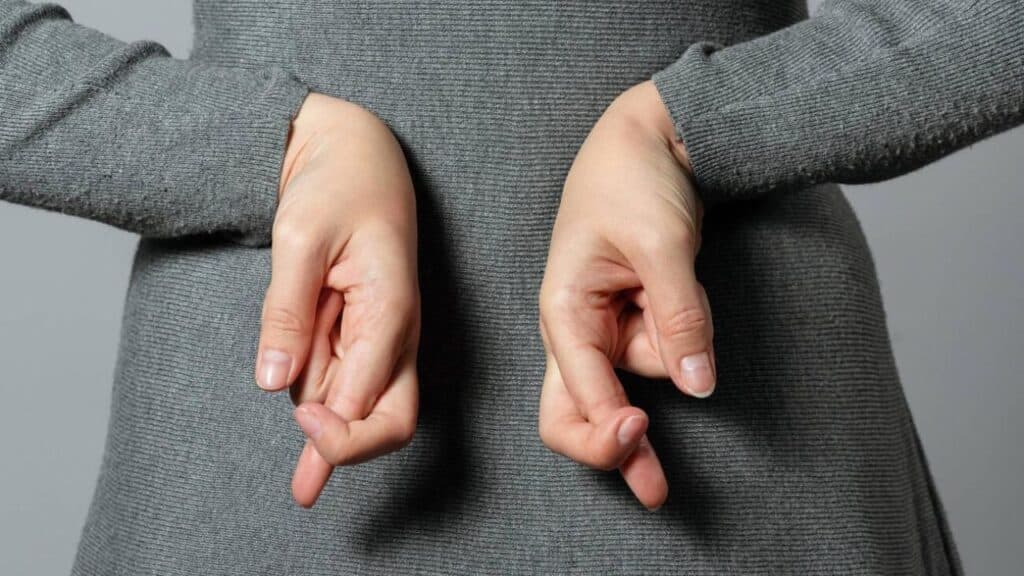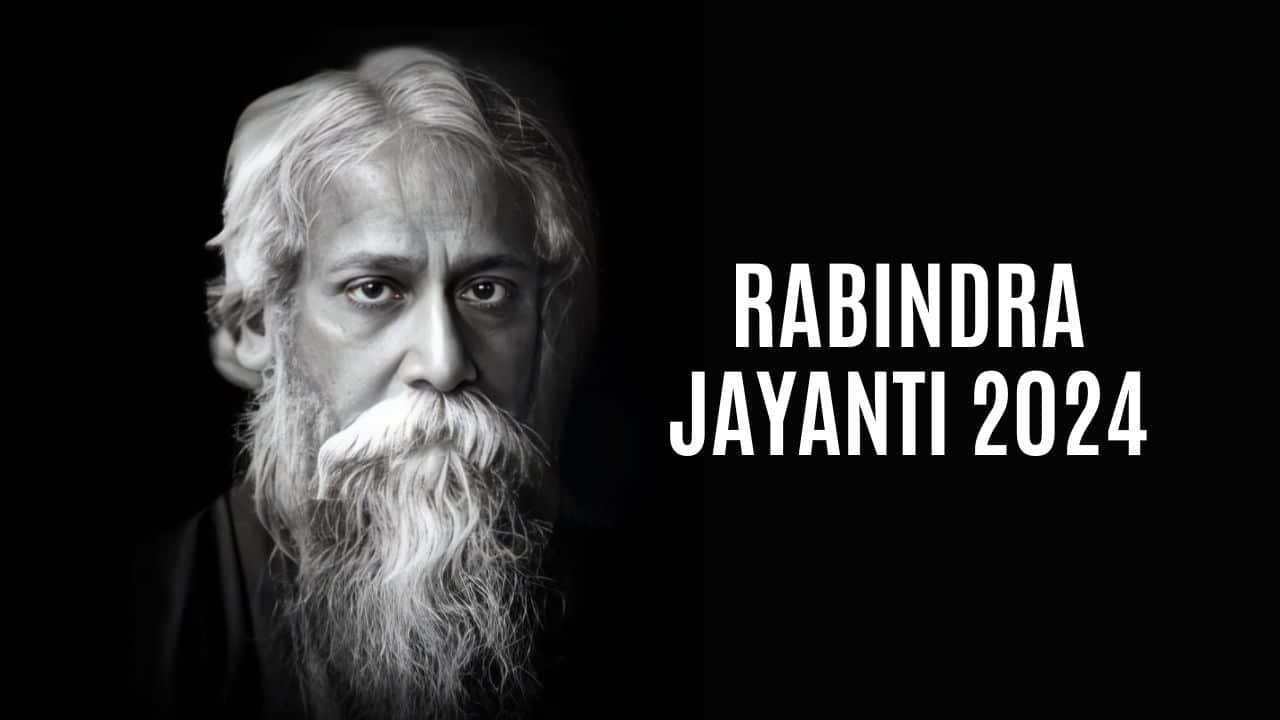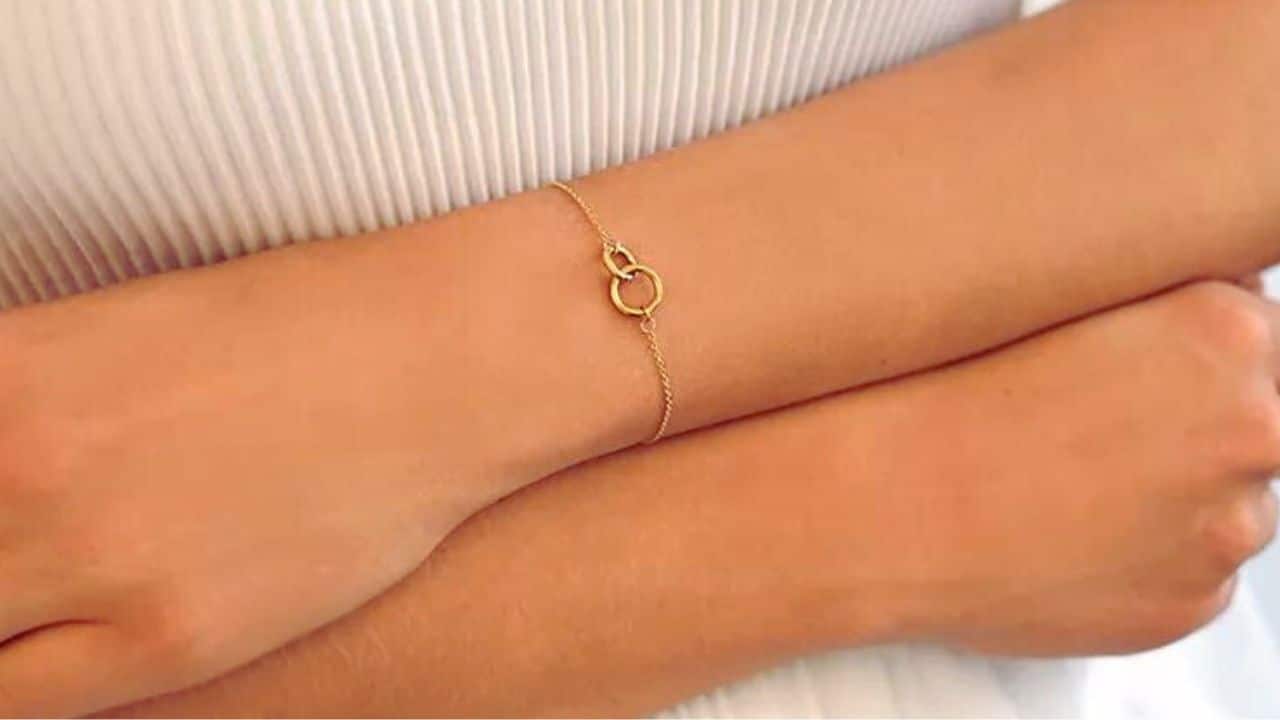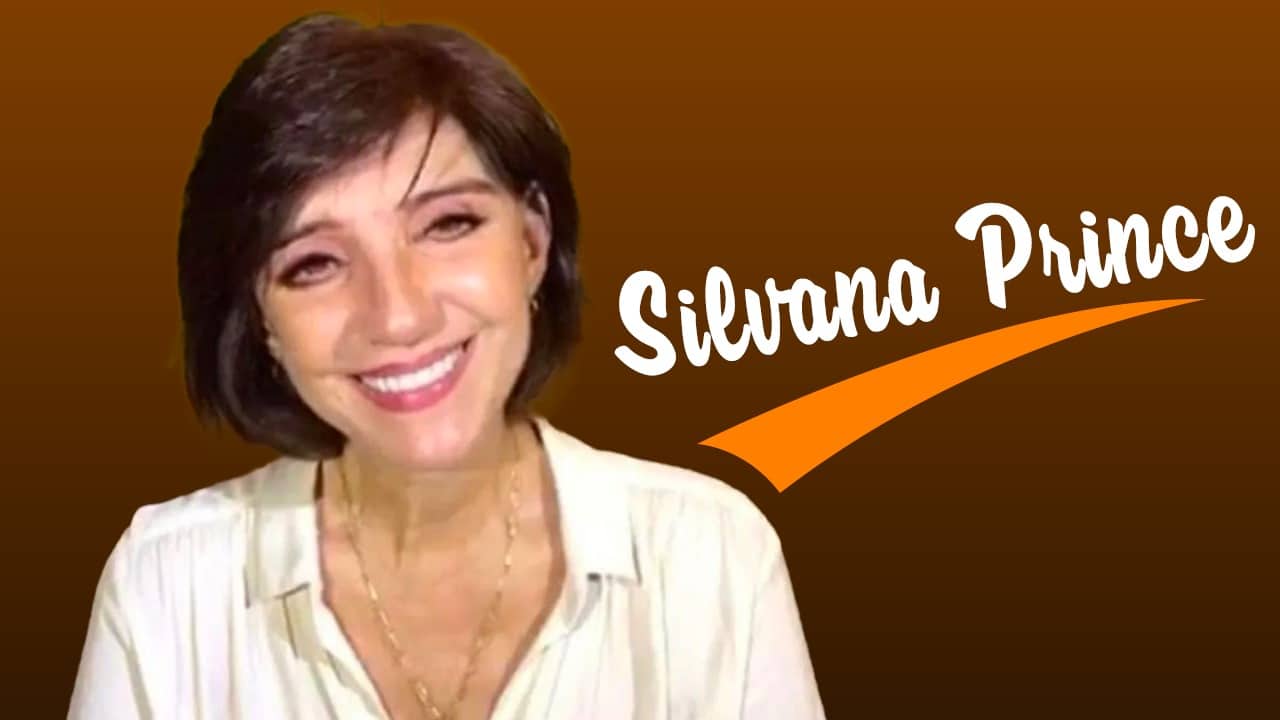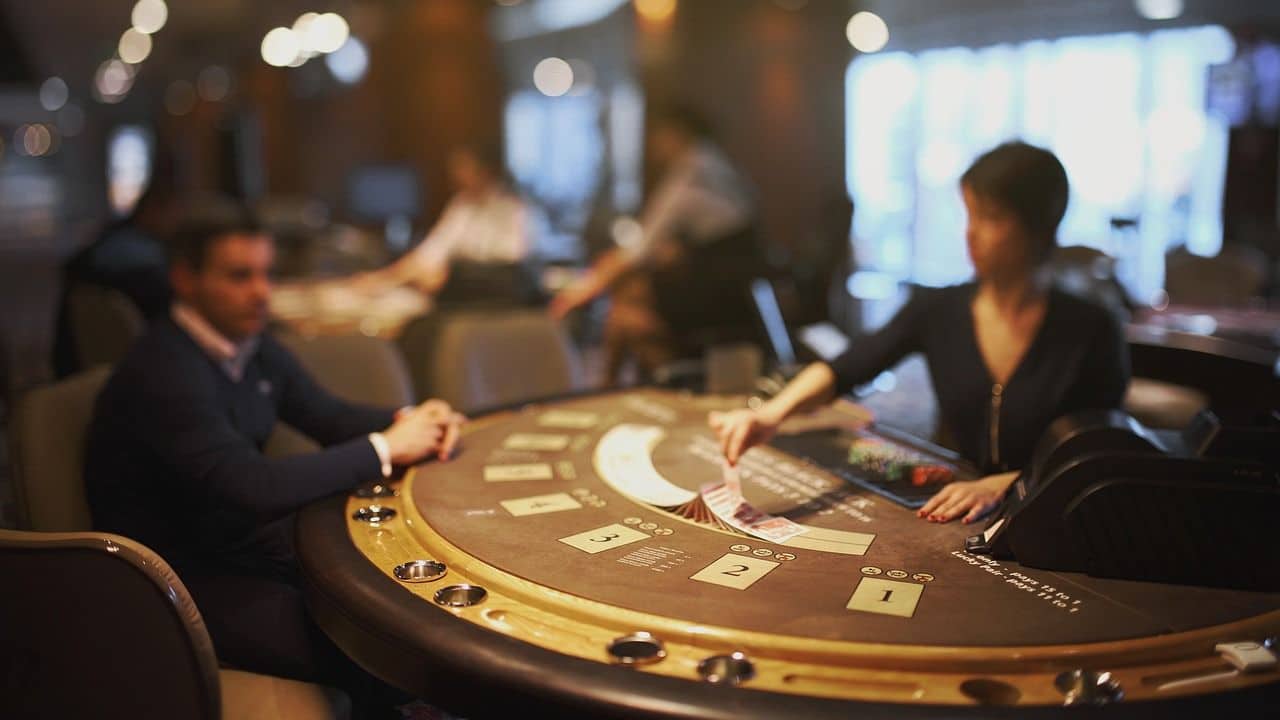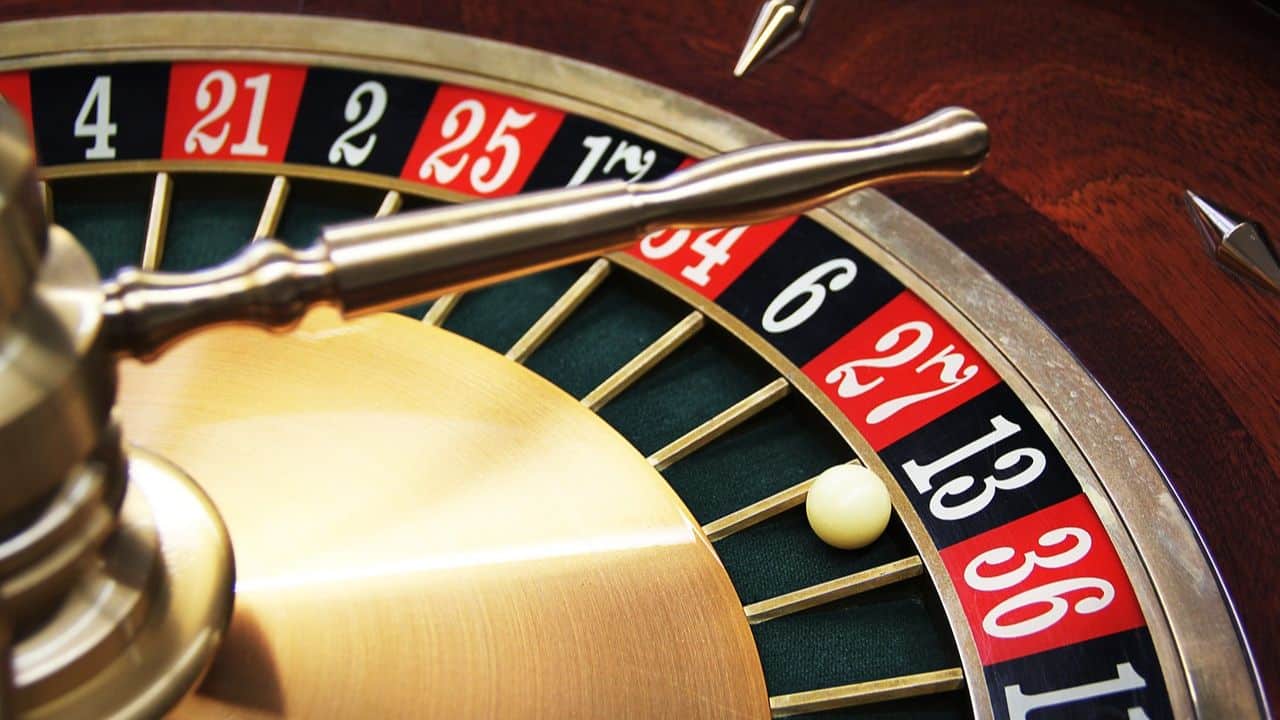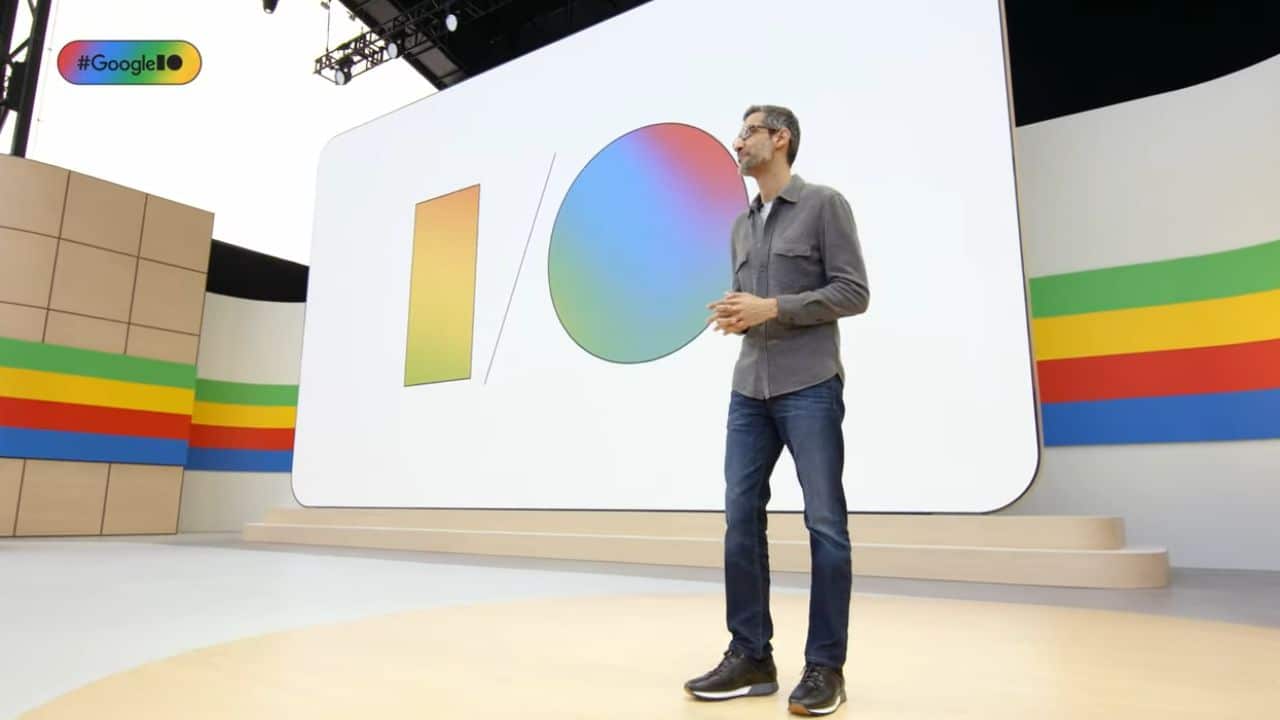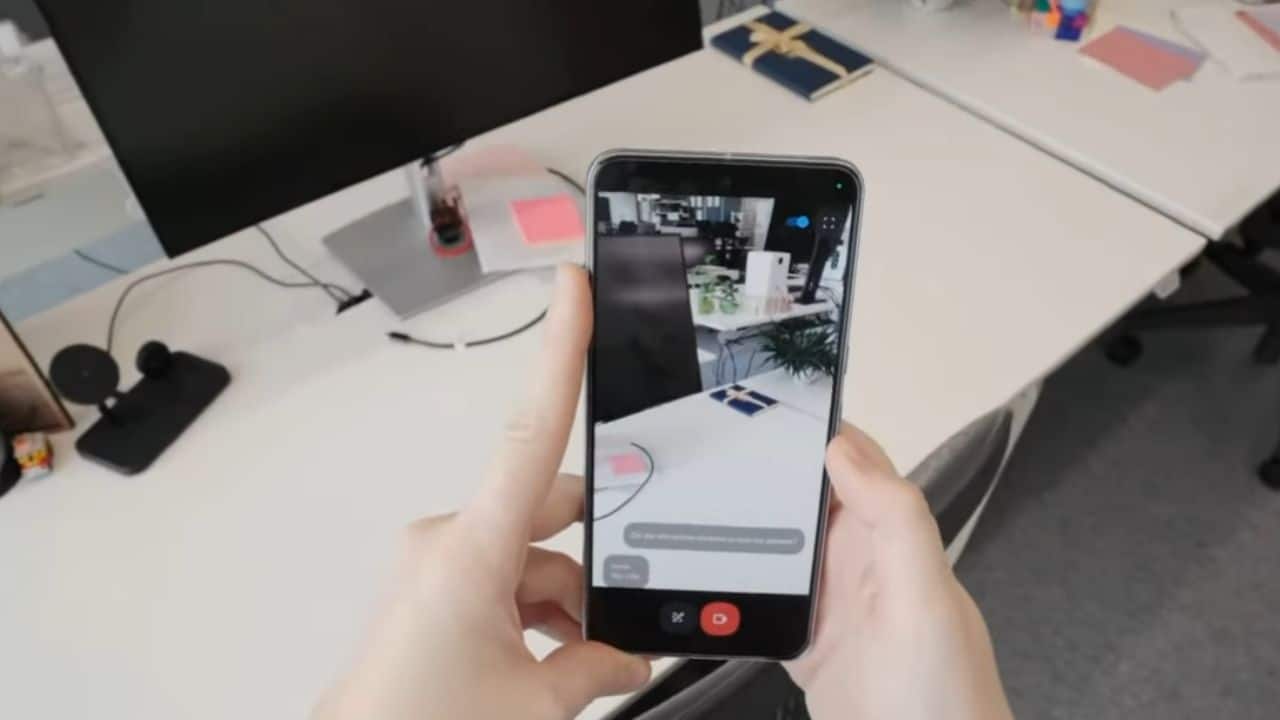Catching a liar isn’t always easy. According to research, most people are pretty bad at spotting lies; we generally detect them at about a 54% accuracy rate. But there are certain verbal and nonverbal cues that can help reveal when someone isn’t being totally truthful.
This article will provide 10 science-backed tips and tricks for How to Catch a Liar, ranging from analyzing body language to word choice patterns. Read on to become a human lie detector!
1. Watch for Contradictions in Their Story
If someone is lying, they will often have difficulty keeping all the details straight. By listening closely to their story, you may be able to pick up on subtle contradictions or changes over time. For example, they may say they were home by 10 p.m. but later reference doing something at midnight. Cross-referencing details and timelines is one of the top ways to determine the legitimacy of what someone is telling you.
-
Ask the same questions more than once
One trick is to nonchalantly ask the same question more than once, even slightly reworded. Liars will frequently change nuances in their story when pressed multiple times. An honest person is more likely to keep the facts consistent.
-
Take note if they over-clarify
Liars have a tendency to use too much detail in an effort to make their story seem more legitimate. Providing unsolicited specifics no one asked for or over-clarifying can point to fabrication.
2. Look for Microexpressions
Microexpressions are brief, involuntary facial expressions that reflect an emotion someone is trying to conceal. These usually appear on the face for just a fraction of a second. In his research, Dr. Paul Ekman identified seven main types of microexpressions: disgust, anger, fear, sadness, happiness, surprise, and contempt. Catching these rapid emotional leaks can help detect deception.
-
Study baseline expressions first
Get to know someone’s natural, baseline facial expressions first when they are relaxed. That way, you can better spot contradictory microexpressions if they surface during questioning about a certain topic.
-
Focus on the eyes
The eyes can reveal the most, especially if someone quickly averts eye contact. Fleeting expressions of fear, anger, or other emotions are most easily spotted in the eyes.
3. Analyze Speech Patterns
Liars often speak differently than truth-tellers, both in content and vocal cues. There are several lying speech patterns to listen closely for.
-
Vague Language
Liars tend to use more vague language, including filler words like “maybe,” “I think,” and imprecise terms. They are less likely to directly state specifics.
-
High Pitch
When nervous or anxious, the vocal pitch often becomes higher. Listen if their voice seems tighter or higher than normal.
-
Pauses and Stumbling
Deceivers also use more hesitations, stutters, verbal pauses, and backtracking in their statements. Their speech lacks flow.
4. Look for “Clustering” Groups of Tells
Rather than focusing on a single body language or speech behavior, one of the best ways to spot deception is to look for groups of signals, or clusters. Research shows that groups of 4+ tells occurring together indicate over 80% likelihood someone isn’t telling the truth.
-
Nervous Behaviors
Look for these nervous signals happening together: a high-pitched voice, pressing lips, tightly crossed arms, leg jiggling, and hand wringing.
-
Discomfort Signals
Shifty eyes, leaning away, face touching, throat clearing, and a lack of smiling can indicate psychological discomfort with the questioning.
5. Ask Unexpected Questions
A skilled way to catch someone off-guard is to ask an unexpected question outside the scope of what you’ve been discussing. See if it elicits any verbal cues (“wait…what?”) or physical reactions of surprise (raised eyebrows or head tilting). The sudden change-up causes liars to momentarily drop their facade.
-
Compare Reactions
By gauging someone’s reaction to an unexpected question versus a related, reasonable question, you can better spot inconsistencies. Does one elicit more surprise or nervousness?
-
Alter Environment
Changing environmental factors like temperature or lighting when asking key questions can also elicit revealing nonverbal reactions from deceivers.
6. Identify their Dominant Hand
Research suggests that the dominant hand reveals more genuine, uncontrolled nonverbal cues and emotions. Meanwhile, people tend to better regulate body language gestures on their non-dominant side.
-
Watch Uncontrolled Cues
When focusing on interactions, sit so you observe the side of the dominant hand. That’s where more authentic facial touching gestures or flashes of expression can appear.
-
Gestures appear stiff
On their non-dominant side, gestures like smiling or head nodding may appear more posed or stiff if trying to conceal deceit.
7. Establish a “Truth Baseline”
To calibrate your own abilities for lie detection, establish some baseline truths with the person you’re interrogating first. Ask a couple mundane questions you know to be true for certain. Analyzing truthful responses helps identify that person’s normal speech, body language and emotional alignment when offering honest statements. You can then better detect anomalies.
-
Compare Vocal Signs
A truthful, low-stress voice will differ from anxious lying tells. Listen if vocal pitch, speed or clarity change between baseline and key questions.
-
Eye contact habits
Also, note their eye contact. Does eye contact decrease during important questions relative to casual ones? Shifty eyes can reflect lying or fabricating.
8. Notice Information Avoidance Tactics
When people want to avoid revealing information, either by lying or concealing the truth, they commonly employ tactics to divert, deflect or shut down lines of questioning. Observing these information-blocking habits can detect deception.
-
Deflection Responses
Noticing when someone tries changing the subject or answering questions with questions reveals evasiveness and possible deceit.
-
Aggression/Silence
Other diversion tactics include getting verbally aggressive or stonewalling questions by withdrawing and refusing to talk. Both aggression and silence help control what information gets revealed.
9. Pay Attention to Time References
Liars often have difficulty keeping track of the time details surrounding false stories. Pay attention if someone uses non-specific time terms (“after awhile” or “in the last couple weeks”), vs. truthful people who recall times more precisely.
-
Listen for verb-tense changes
Similarly, liars slip up switching between past, present and future tense descriptions. The mental effort to maintain lies interferes with keeping the verb tense consistent.
-
Chronology Confusion
Watch for general uncertainty or confusion around dates, time sequences or time periods related to their alibi or statements. The truth has an easier chronology to recall.
10. Rapport Building Encourages Truth
The methods above focus largely on detecting lying after it happens. But the best way to encourage truthfulness from the outset is by building trust and rapport with good listening and communication skills. Forming non-judgmental connections minimizes reasons for deception.
-
Ask open-ended questions
Questions that encourage open-ended storytelling rather than yes-or-no answers foster deeper truth revelations.
-
Validate their experience
By listening fully, validating experience and responding compassionately, people lower their defenses and feel safer, revealing truthful aspects. Healthy interactions cultivate honesty.
Focusing on the Concept of Lying and Liars:
A liar is someone who deliberately tells falsehoods or intentionally misleads others through deception, dishonesty, and deceit. Lying involves knowingly making a statement that is untrue with the intent to deceive. Reasons for lying may include:
- Avoiding punishment
- Gaining an advantage or achieving a personal goal
- Covering up mistakes or misdeeds
- Protecting one’s reputation
- Avoiding difficult situations or awkward conversations
- Living up to unrealistic expectations
- Exerting control over others through manipulation
While lying may provide short-term benefits for the liar, repeated dishonesty can be psychologically and socially damaging over time, eroding trust in relationships and creating a culture of tension and hypocrisy. Persistent, unrepentant lying is associated with various personality disorders as well, reflecting deeper psychological issues.
Catching and calling out lies requires paying close attention to verbal signs like inconsistencies and evasive language, as well as nonverbal cues like facial microexpressions and body language associated with anxiety and deception. Skilled liars can sometimes avoid detection by displaying confidence and constructing elaborate, believable false narratives. But research shows that combining multiple science-backed lie detection techniques provides the best results for discerning lies from truth.
Summary of the Top 10 Tips for Catching Lies
| Tactic | What to Look or Listen For |
|---|---|
| 1. Watch for contradictions. | Inconsistencies in details when repeating a story |
| 2. Analyze microexpressions | Rapid “emotional leakage,” particularly in the eyes |
| 3. Note speech patterns. | More vagueness, hesitation, and vocal pitch changes |
| 4. Identify “clusters.” | Multiple nervous events occurring simultaneously |
| 5. Ask unexpected questions. | Surprise reactions reveal the truth at the baseline. |
| 6. Establish the dominant hand. | Watch that side for less controlled gestures and expressions. |
| 7. Set the “truth baseline.” | Compare verbal and nonverbal patterns to low-stakes, truthful responses. |
| 8. Information avoidance | Subject changes, silence, and aggression to divert questions |
| 9. Time references | Non-specific terms, tense confusion, fuzzy timeline details |
| 10. Build rapport. | Encourage opening up through nonjudgmental listening. |
Conclusion
Catching deception involves paying close attention to patterns in both verbal and nonverbal behaviors. By studying facial expressions for concealed emotions, listening closely to speech and consistency holes, and identifying areas of questioning met with diversion tactics, you’re more likely to catch fact from fiction. Mastering the art of lie detection relies on vigilant awareness across these tips and competence that develops over time. Remember—no single cue proves lies, but clusters of nervous tells and questioning inconsistencies help reveal when someone strays from the truth. For best results, balance observational skills with compassion, building enough trust and connection that people open up honestly from the start.
FAQs
What percentage of lies can the average person detect accurately?
According to several studies, most people are able to correctly identify lies at a rate of about 54% accuracy. So there are just slightly better odds than chance alone. With the study and practice of deception clues, however, lie detection scores dramatically improve.
What is the most accurate way to detect deception?
Analyzing patterns of nonverbal signals occurring in clusters yields over 80% accuracy. Combining observation of body language signals like pressed lips or hand wringing, along with verbal cues such as unclear details or avoidance, gives the highest odds of spotting lies accurately when multiple tells happen simultaneously.
What happens first physiologically when someone lies?
Increased nervous system arousal. The autonomic fight-flight response kicks in by raising heart rate, blood pressure and respiration as the mind cognitively works harder to maintain dishonest statements. These brain effort and nervous signs appear milliseconds before the lie surfaces externally through body language and speaking behaviors.





